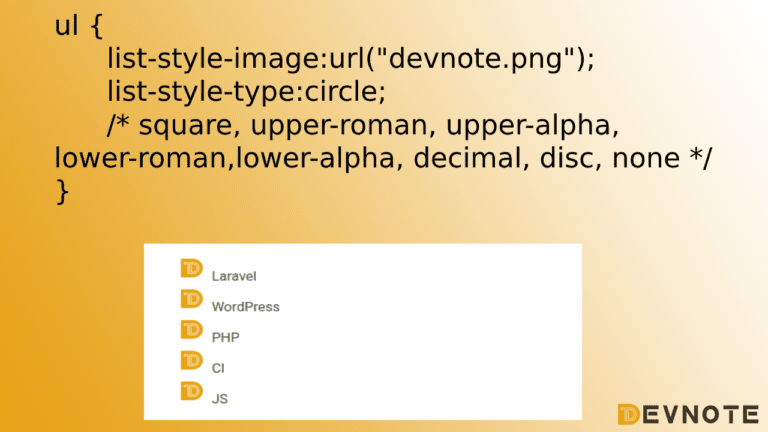


There’s more chance your visitors will have these cached, and they’re proven to render/display reliably.ģ) Try not to use more than 1, maybe 2 custom fonts at the most.

Yes, if you serve Open Sans from the Google CDN then there’s a good chance your visitor will have it cached, but if you choose an unusual font and don’t/can’t use the CDN then there will be a performance hit compared with using a web safe font that the visitor has installed locally.īeing old school I tend to freak out when any single asset is over 50kb in size :-)ġ) If you use external fonts, try and use ones on a CDN.Ģ) Try and use “standard” fonts, for example Open Sans, Droid Sans, etc. home Front End HTML CSS JavaScript HTML5 php.js Twitter Bootstrap Responsive Web Design tutorial Zurb Foundation 3 tutorials Pure CSS HTML5 Canvas JavaScript Course Icon Angular Vue Jest Mocha NPM Yarn Back End PHP Python Java Node. That’s why the average webpage now weighs in at well over 1mb including all of its assets. Pure CSS icons library, Customizable & Retina-Ready built 100 in pure CSS, SVG, SVG Sprite, styled-components, Figma and Adobe XD. It’s got browser info, experience index, by country data, by page, and more.Ĥ00kb here and there can really start to add up. I’m only really scratching the surface though, there’s some super interesting data on mobile and tablet render time too.
#Css font kit code#
All you have to do is setup some code similar to analytics, and the code is async’d in and the file is tiny, so no real impact on the site. BUT, in my graph I can see the Render time has some HUUGE spikes in it, one of them is 35 seconds long.Īs far as I’m aware this is the only tool I’ve ever used that actually gives me this sort of data so I thought I would share. Interestingly, overall my median page load is 1.4 seconds, which I am very happy about. I’ve had a couple hundred views now and I’m seeing some interesting data. It’s got wayyyyy better user experience tracking that GA (Google Analytics) because it was built specifically to measure what the user goes through. Your selections will remain as you look for another font for another section of this preview. Once you are pleased with the settings for that section you can click save. I’ve setup RUM (Real User Monitoring) at PingDom which is a front end user monitoring service. Change your settings, and choose what section you want the font to apply to. Or compromise with a well optimised, lightweight font stack (usually from Typekit), if we’re not using italics we don’t load italics! ” etc!!įor now if a client’s site is very speed dependant (hopefully backed up by solid analytics data and user research) I just use websafe fonts, boring but fast.

Turns out if you use but don’t ever apply that font-family, the font won’t be downloaded. The first idea I saw was Dave Rupert’s tests on only loading on large screens. Dealing with this has been in the air recently so I thought I’d round up some of the ideas and add thoughts of my own. Here we have created one example to change color of icons with css classes.The issue is 1) custom fonts are awesome and we want to use them 2) custom fonts slow down our pages by being large additional resources. Sometimes we need icons in different color, as we suggested by adding css style we can change color. Smililarly you can add border color, shadow and other font styles to Link. On the same way you can change size of Link icon by just adding style="font-size:50px ". It is pretty simple to change color of icon Link just add style="color:red" it will make font color red. You can customize Font Awesome Icon link Icon Link as per your requirement, suppose that you need to chnage the color of Link icon or change the size of size. You need to add the icon class along with material-icons, it is basically main class and mandatory for icons so do not forget to add this class. Font Awesome Icon link Icon | fa fa link | HTML, CSSĪdding Font Awesome Icon HTML Link( fa fa-link) in web project is very simple.


 0 kommentar(er)
0 kommentar(er)
